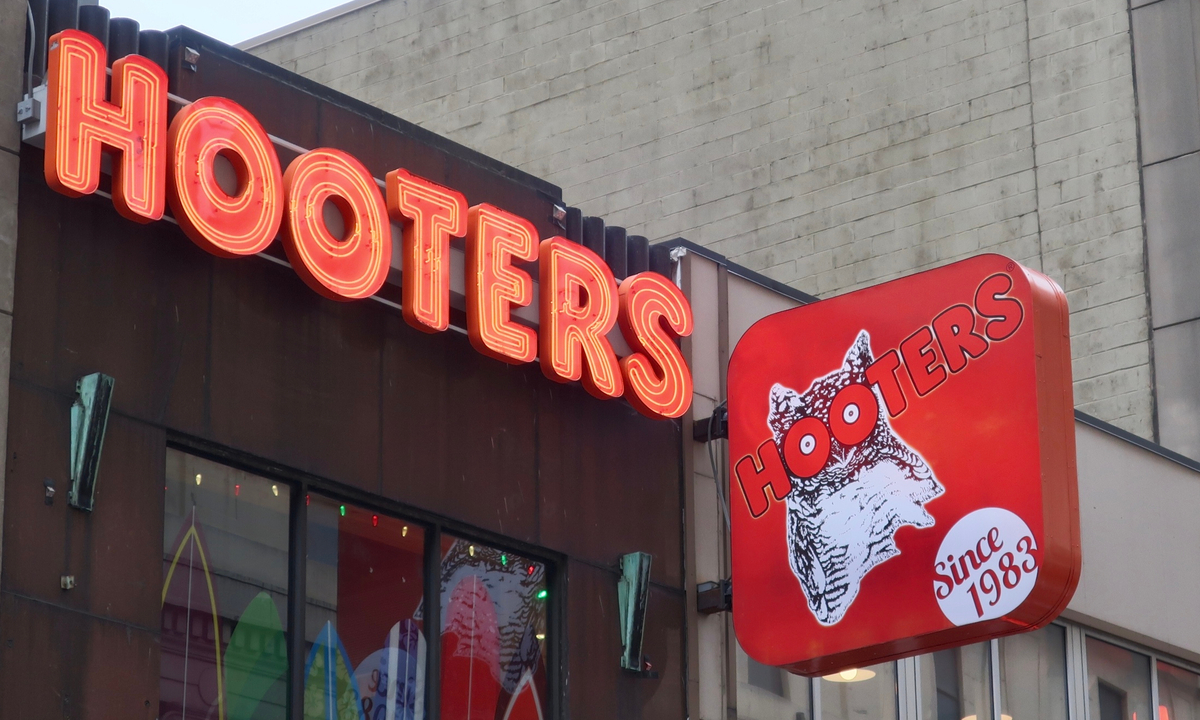Hooters: Direct Ordering Channels Enable Virtual Restaurants to Get Playful

While virtual brands on third-party aggregators are challenged to find ways to game the system, Hooters notes, direct ordering platforms enable restaurants to offer a greater variety of options, including some that may be a riskier bet.
Hooters of America, which spans more than 400 Hooters locations across the United States and abroad, announced via emailed press release this week the launch of a virtual food court in partnership with Olo, meant to drive direct ordering and shift the digital mix away from third parties.
Marc Butler, the company’s senior vice president of strategic planning / off premise, explained in an interview with PYMNTS how this shift to first-party channels enables the brand to get more creative.
“[Direct ordering] gives us a lot of flexibility culinarily, because we can try a lot of new items that we might not put on our menu itself, or it gives us the ability to really go down a rabbit hole, more or less, like we’ve done with burgers,” Butler said, referencing the extensive burger menu of the restaurant’s Hootie’s Burger Bar virtual brand. “It also gives us flexibility to create some different menu segments and see how popular they can become they may migrate then on to the Hooters menu.”
Butler noted that this kind of experimentation works far better on direct ordering channels than on third-party marketplaces, because the restaurant gains better insight into products’ performance when it owns the transaction data. Meanwhile, products’ performance on third-party marketplaces may have to do with factors beyond the brand’s control.
Additionally, on third parties, restaurants are forced to find ways to game the system, offering highly searched-for items and sinking the cost into getting better placement on the marketplace.
“They’ve created a pay-to-play environment there,” Butler said. “Now, it’s not enough just to be on their platform, but you’ve got to pay to … push yourself through the clutter, to raise yourself up to the top of those menu apps.”
The move to boost direct ordering comes as restaurants take note of consumers’ loyalty to their brands on third parties, creating opportunities to funnel those customers into their own digital ecosystems. Research from PYMNTS’ report “Connected Dining: Third-Party Restaurant Aggregators Keep the Young and Affluent Engaged,” which draws from a survey of nearly 2,300 U.S. consumers conducted in March, finds that 58% of aggregator users already know which restaurant they will buy from before logging.
Notably, first-party platforms actually account for the majority of all digital restaurant sales. In fact, research from PYMNTS’ study last year, “The 2022 Restaurant Digital Divide: Restaurant Apps and Websites in the Spotlight,” which drew from a survey of nearly 2,000 U.S. consumers, found that the share of restaurant customers that orders primarily via direct digital channels exceeds the share that orders primarily via aggregators 2 to 1.
Hooters, however, is looking at quite a different digital mix.
“Our mix right now of our to-go business is about 60% on the [third-party aggregator] side and about 40% on the direct, first-party side,” Butler said. “A year from now, I’d love to be able to say those numbers are reversed.”